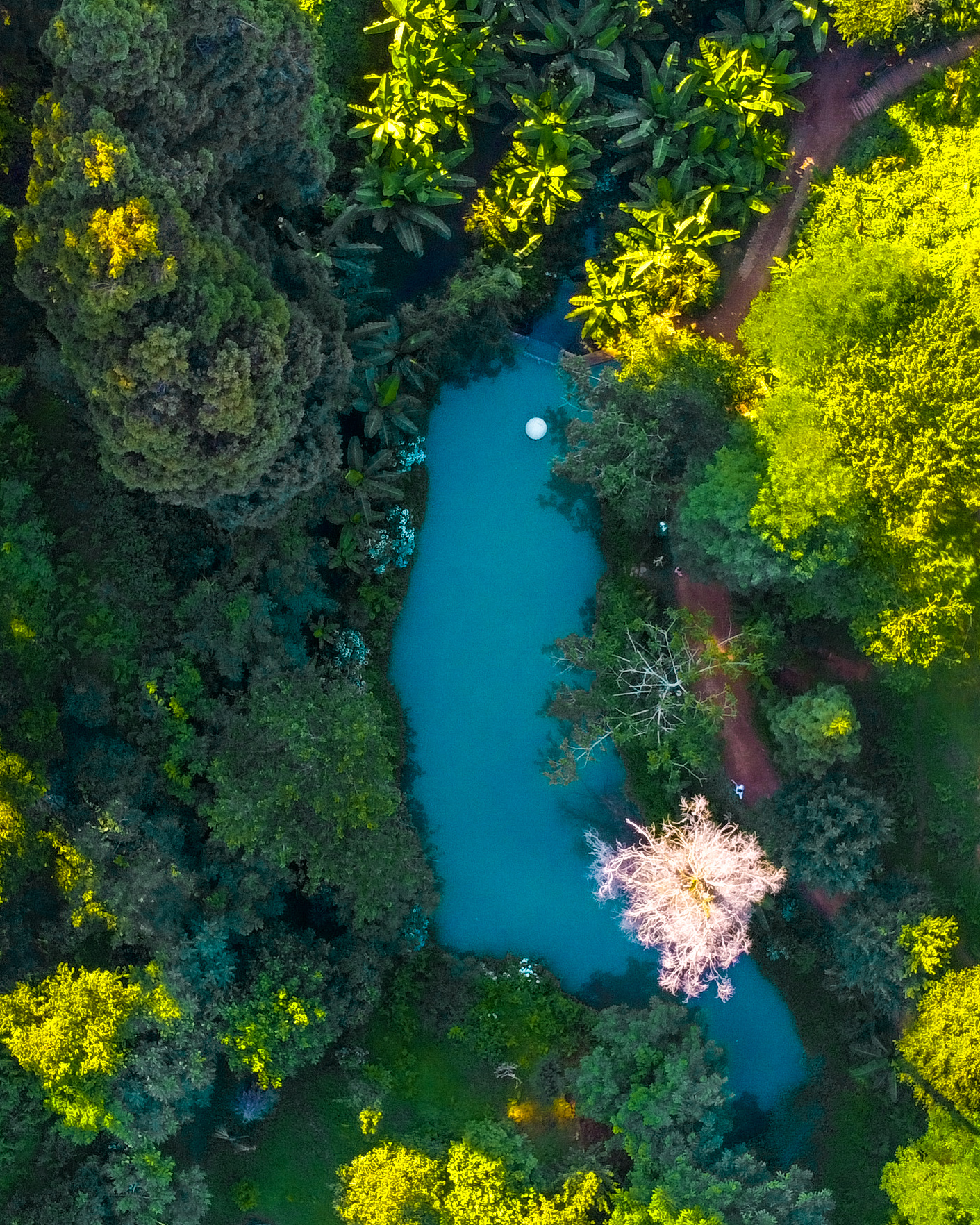Climate and Weather in Ajara
Climate and Weather in Ajara
Weather greatly influences not only one's mood but also their physical well-being. As a result, when planning a trip, it's crucial to assess how meteorological factors like temperature, relative humidity, number of rainy days, wind speed, solar radiation, and daylight duration impact the human body. For instance, a "comfortable temperature" varies across climatic zones but typically ranges between 17°C and 23°C.
Fluctuating temperatures can make traveling unpleasant, particularly for active tourists. In Georgia, climatic zones (regions) are characterized by similar meteorological components, creating a cohesive picture that simplifies the process of choosing suitable regions or times for comfortable travel. Despite having some knowledge of specific features beforehand, it's essential to check the weather forecast for the desired period during the planning process.
The physical and geographic characteristics of Ajara result in two distinct climatic regions - the coastal area and the mountainous region of Ajara.
Mountainous Ajara features relatively mild winters and cool summers due to being enclosed on three sides by air masses that shift with the seasons. The terrain's uniqueness is also evident in the fact that for every 100-meter increase in elevation, the temperature declines by an average of 0.5 to 0.6 degrees, and humidity initially rises before dropping again.
In the coastal region, the climate is characterized as humid subtropical. Average temperatures in January range from +4.5 to +7.1 degrees, while in August, they range from +21.1 to +23.2 degrees. Autumn and spring are warm, with 260-300 frost-free days. The minimum temperature is -17 degrees in Tskhetauri and Ochkhamuri, while the maximum is +43 degrees in Charnal.
Precipitation increases with altitude. The average humidity in Batumi (5 meters above sea level) is 2560 mm, whereas in Mtirala (1210 meters above sea level), it is 3898 mm. Approximately 54.7% of precipitation occurs during the warm season. The highest precipitation levels are in the autumn, with the lowest in April and May. There are around 170 rainy days, with an average daily precipitation of 5 mm.
Snow falls between November and April, with 15-17 snowy days and an average snow depth of 35 cm.
The mountainous area of Ajara features a drier and chillier climate. January is the coldest month, with average temperatures ranging between 0 and +3 degrees. Warm months are August and September, with average temperatures between +20 and +23 degrees. As elevation increases, temperatures decrease on average by 0.7 per 100 meters, predominantly during the summer.
Autumn and spring offer relatively mild temperatures in the region. The highest temperature, +43 degrees, was recorded in Shuakhevi municipality, while the lowest, -22 degrees, was recorded at Goderdzi Pass. In the warm period, temperatures in mountainous Ajara range from +24 to +42 degrees, while the minimum varies between -15 and -24 degrees.
Batumi's climate is characterized as humid subtropical, with mild, snowless winters and warm summers. The average annual temperature is +14.5°C. The coldest month, January, has an average temperature of +7.1°C, while the warmest month, August, averages +23.2°C. With 2,560 mm of precipitation annually, the city experiences frequent rainfall. Snow is rare and melts quickly. Sea breezes are prevalent in the coastal zone, reducing the heat's intensity.
Within Batumi, a natural lake (covering 0.06 km²) is now part of Batumi Park. Artificially planted parks and citrus plantations can be found throughout the city, along with preserved pockets of Kolkhi natural forests and shrublands.
There is no inappropriate season to explore this region. As previously mentioned, Ajara's geographical position blesses it with a humid, coastal subtropical climate. Summers tend to be hot and muggy, while winters remain relatively mild, with snow absent from the highlands of Ajara. Summer temperatures range between +25 and +35 degrees, and the average winter temperature sits at +8 degrees. The average humidity lies between 70-80%. Even when the mountain summits are blanketed in snow, the Black Sea coast enjoys agreeable, temperate weather.
If you're contemplating the ideal time of year to visit Ajara, rest assured that this region is welcoming throughout the entire year.

